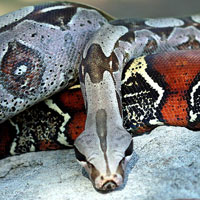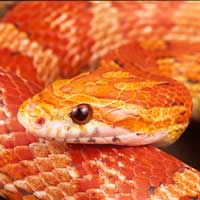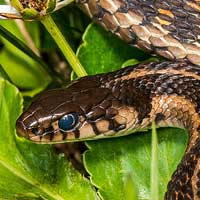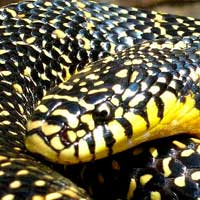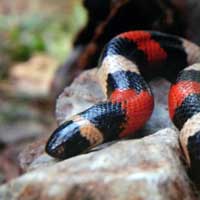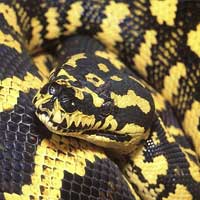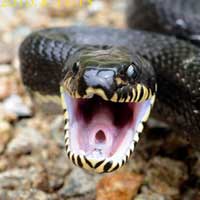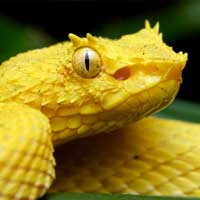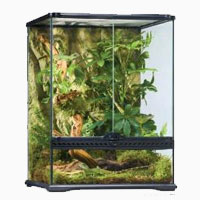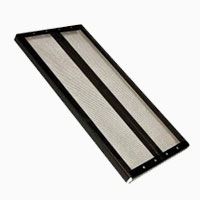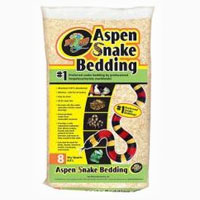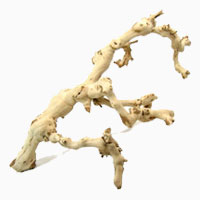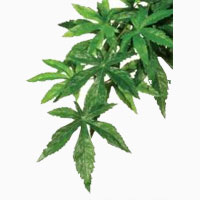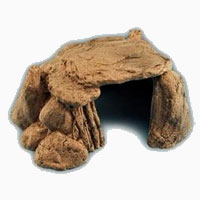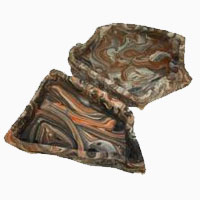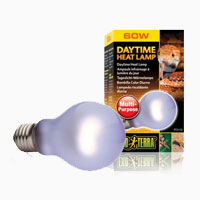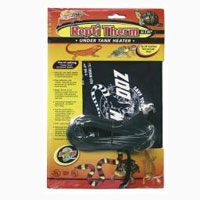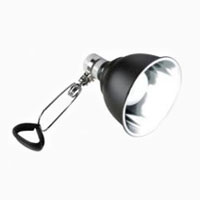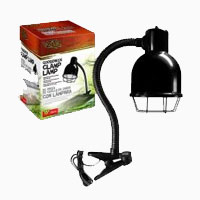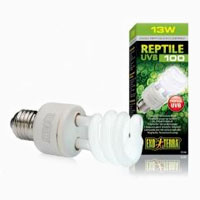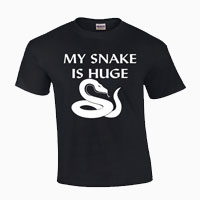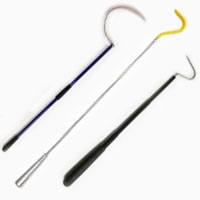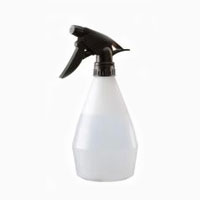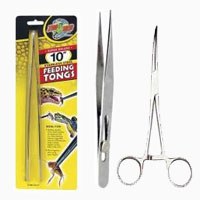Pacific Gopher Snake
Scientific Name: Pituophis Melanoleucus Catenifer
Share this Post
Pacific Gopher Snake is a species of snakes that occurs naturally with blotched and striped coloration. There have been some albino specimens because of artificial enhancements used by captive breeders. The Pituophis melanoleucus catenifer has a narrowed snout and enlarged scales with four frontal scales. It resembles the Western Fox Snake with subspecies of Bullsnake. The snake has smaller head and the back is yellow with 36 – 54 brown or black blotches. Pituophis melanoleucus catenifer is known for its defensive display of vibrating the tail, loud hissing, opening of the mouth, and climbing of trees. Juveniles do resemble adults with an exception of the back that appears extremely tanned with blotches present. It feeds on small mammals, pocket gophers, lizards, bats, and sometimes eats rattlesnakes. A species identified with communal hatching with many females nesting in a single burrow. Motorists on the road usually kill many as they like crossing trails and paths.
Pacific Gopher Snakes Are Beautiful Creatures
Facts About Pacific Gopher Snakes
Geographic Location
The snake occupies the regions of the western Coast of the United States cutting across California and the Prairies of the southern U.S.
Habitat
This snake loves sand prairies, old fields, and grasslands.
Behavior
The snake is a diurnal species that prefers drier habitats like fields, meadows, and farmland. It produces loud hiss and the tail rattles to scare predators. It has strange behavioral defensive display that scares off predators when it rattles its tails like a rattlesnake.
Reproduction
A female Pituophis melanoleucus catenifer lays and average clutch of 12-14 eggs between June and August that hatch after 60 to 80 days. The young often resemble adults in appearance with minimal changes as they mature.
Captivity
The snake gets accustomed to life in captivity as it readily adapts. It performs better in captivity with time. It needs a spacious cage with climbing apparatuses and adequate substrate to burrow. Most standard fish tanks will do fine for Pacific Gopher Snake.
